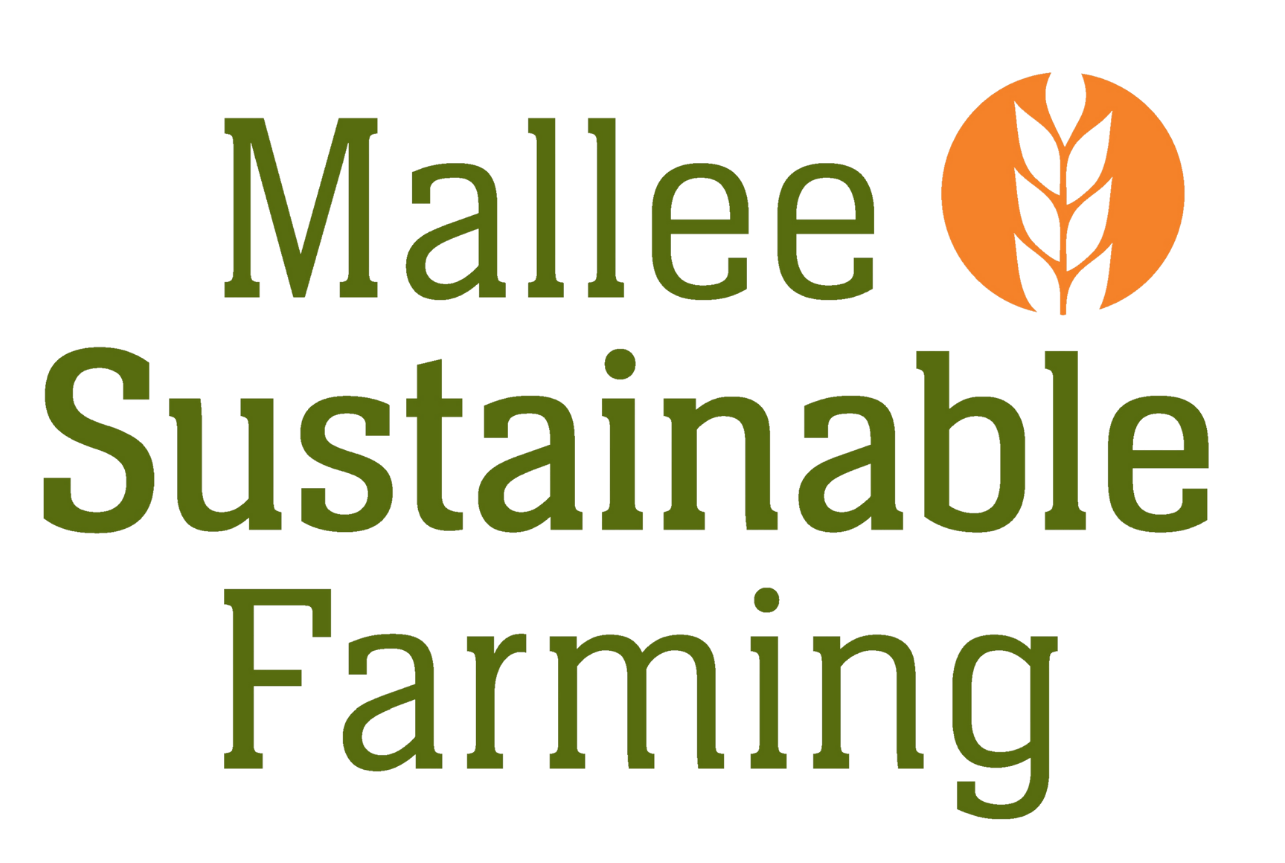
Carbon farming and its feasibility in the Mallee environment was in the spotlight this week with the release of findings from two carbon farming pilot projects held in the region, which were discussed this week at a field day at Netherton.
These projects, funded by the SA Department of Primary Industries and Regions, aimed to assess the feasibility of storing carbon in soils after soil amelioration, explore the processes and challenges involved in registering soil carbon projects, and set farmers up to register projects with the Federal Government if they wished.
Ed Scott from Soil and Land Co. provided an overview of one pilot project conducted by FarmLab on a 6,000 ha property located 60 km south of Pinnaroo, while Nick Paltridge detailed what had happened in a similar project run by Mallee Sustainable farming, and spoke about carbon levels found across a wider survey of ameliorated and non-ameliorated soils.

Ed Scott talking to the group about the PIRSA carbon pilot project 60 km south of Pinnaroo.
Key Messages
- Baseline soil carbon measurements in paddocks pre-amelioration showed an average carbon content of 0.25% to 0.35%, equating to 15-17 tonnes of carbon per hectare.
- Farmers reported impressive increases in biomass and crop yields post-amelioration.
- Two paddocks which were treated with clay >10 years ago showed soil carbon levels approx. 30% higher than neighbouring untreated soils, suggesting carbon sequestration is after clay work is possible – however, at another site, the clayed paddock had similar carbon levels to its neighbour!
- According to Ed Scott ‘When we ameliorate soils and increase our inputs, we create the conditions for extra biomass production, but you need to be up around 15% clay to really start sequestering carbon – the higher clay levels protect the carbon from being broken down. It’s going to take a longer period of time, potentially 15 years, before we see a detectable increase.’
- Key steps that were outlined for formal soil carbon projects were:
- Mapping the farm area to identify carbon estimation areas suited to clay delving and spreading, or other improvements to soil management
- Preparing a land management strategy detailing what changes would be made, for submission to the Government
- Baselining existing carbon stocks
- Carrying out soil amelioration and other new management strategies (e.g., altered nutrition, rotational grazing).
Two farmers involved in the project decided to go ahead and register soil carbon projects.
According to Nick Paltridge, ‘We know there are challenges associated with storing carbon in Mallee soils and given our relatively low rainfall, but it’s great to see two farms set up now to road test whether it can work in the Mallee.’
Ed Scott also spoke to the group on the concept of emissions intensity – the amount of greenhouse gas emissions per unit of farm product. Because yields are significantly higher after soil amelioration, emissions per unit of farm product are lower.
According to Ed, ‘We’ve all got to be more aware of our carbon account. Even in this low rainfall environment there are efficiency gains that can be made, and the carbon intensity of production may be a metric we’ll need to provide to grain buyers in future.’
MSF will be running further information sessions on carbon and emissions reductions in agriculture over the coming year through the Federal Government’s Carbon Farming Outreach Program, so look out for a session coming near you soon!
To listen to the podcast from the Field day click here











